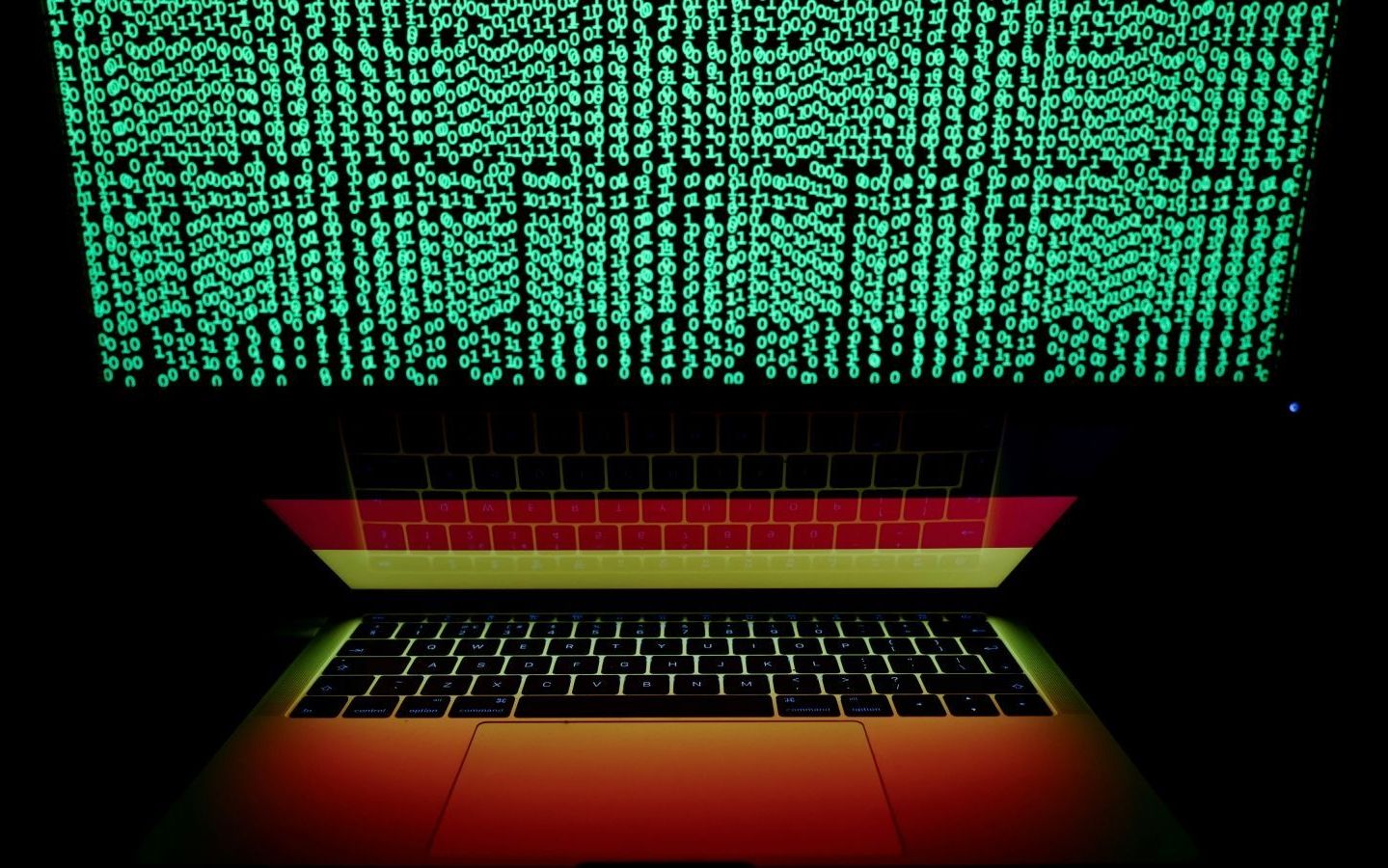How did your smartphone end up in your hands? The microchips that help power our smartphones and computers start out as sand. Explore how microchips come to live in our phones, with the help of IoT technologies.


This is so cute!
In today’s adorable-and-I’m-not-crying-you’re-crying news, NDTL reports that an engineer in New Delhi named Milind Raj saved a puppy using a drone he equipped with a giant claw.
Raj was out for a morning walk in New Delhi when he heard whimpering and traced the sound to a puppy that had become stuck in a boggy drain between two roads. Raj said the condition of the puppy was “miserable” and tells The Verge that local residents had heard the animal crying for two days. Others hadn’t stepped up to the task of trying to rescue the pup because “the drain was so filthy,” says Raj. “It was not possible for a human to rescue the puppy without endangering their own life.”
Raj decided to take up the task himself, and immediately set to work constructing a drone capable of rescuing the pup. Even though Raj has an extensive history in both AI and robotics, he said building the right tools was a challenging exercise. Within a few hours, he had strapped a robotic arm with a claw of sorts to a six-rotor drone, both custom-made in his lab, located in the city of Lucknow. While he had built the drone itself two years ago, the arm he equipped it with was something he specifically created for this rescue, installing sensors to track heartbeat and breathing patterns to keep tabs on the wellness of the puppy. “The AI helped me monitor the animal’s heart rate,” he said. “If the grip was too tight, the pup would suffocate.”

Archaeological discoveries of ancient humans keep pushing our knowledge about our species further back in time. The Americas haven’t been populated by people as long as other parts of the world, but exactly how long they’ve been here and how they got here are open subjects we still have a lot to learn about. Occasionally, a skeleton or a skull is found that dates back to the beginnings of their settlement. Real Clear Science give us a list of some of the biggest such discoveries.
Kennewick Man, perhaps the best known and most controversial ancient human remains in the United States, was found jutting from a patch of eroded dirt along the Columbia River near Kennewick Washington just 22 years ago. In life, roughly 9,000 years in the past, he spent much of his time moving around by water, hunting and eating marine animals and drinking glacial meltwater. In death, his remains were constantly the focus of lawsuits between indigenous peoples who sought to bury the remains and archaeologists who sought to learn from them. After DNA tests confirmed that Kennewick Man was closely related to modern day Native Americans, his remains were returned and reburied at an undisclosed location.
Read the stories of five other people who lived in thousands of years ago in what is now the United States at Real Clear Science.
The Dragon cargo ship made it back home on the same day NASA launched the InShight Mars lander, after its return to Earth was delayed for three days.
After a month of preparation, SpaceX’s unmanned Dragon capsule has finally returned to Earth on May 5, safely delivering its precious cargo, Space.com reports.
The Dragon cargo capsule splashed down in the Pacific Ocean at about 3 p.m. EDT (12 p.m. PDT, 19:00 GMT), a few hours after leaving the International Space Station (ISS).



Hadley Wickham is the most important developer for the programming language R. Wes McKinney is among the most important developers for programming language Python. The two languages, which are free to use, are often seen as competitors in the world of data science. Wickham and McKinney don’t think the rivalry is necessary. In fact, they think that by working together, they can make each other’s languages more useful for their millions of users.
Last month, McKinney announced the founding of Ursa Labs, an innovation group intended to improve data-science tools. McKinney will partner with RStudio—Wickham’s employer, which maintains the most popular user interface for R—on the project. The main goals of Ursa Labs are to make it easier for data scientists working in different programming languages to collaborate, and avoid redundant work by developers across languages. In addition to improving R and Python, the group hopes its work will also improve the user experience in other open-source programming languages like Java and Julia.
R and Python are essential tools for data scientists working at tech platforms like Google and Facebook, researchers, academic researchers, and data journalists (Quartz is a big user of both). A common problem for coders is that it’s hard to collaborate with colleagues who use one of the other languages. Ursa Labs will try to make sharing data and code with someone using another data science language easier, by creating new standards that work in all of them. Developers call this an improvement to “interoperability.” Wickham and McKinney have already worked together to create a file format that can used in both Python and R.

The 21st-century tech revolution is transforming human lives across the globe.
Robin McKie Science editor.
Sun 6 May 2018 03.59 EDT Last modified on Sun 6 May 2018 07.06 EDT.
It all started with a Big Bang. But then what?
Renowned theoretical astrophysicist Stephen Hawking had been trying to answer that and other questions about the universe right up until his death. But in his final paper, submitted just eight days before he died on March 14, at age 76, Hawking and co-author Thomas Hertog proposed that the universe is actually simpler than what’s been suggested in other theories.
Yes, they say, the massive explosion known as the Big Bang did create multiple universes — but not as many as the current theory predicts. The number of multiverses is finite, not infinite, according to them.
NASA Langley researchers are experts in modeling and simulations for entry, descent and landing, working on missions since the Viking lander in 1976. In this episode, we explore the challenges of guiding landers like Mars InSight through the Martian atmosphere for a safe landing. Watch InSight launch as early as May 5, 2018! NASA Technology #JourneytoMars